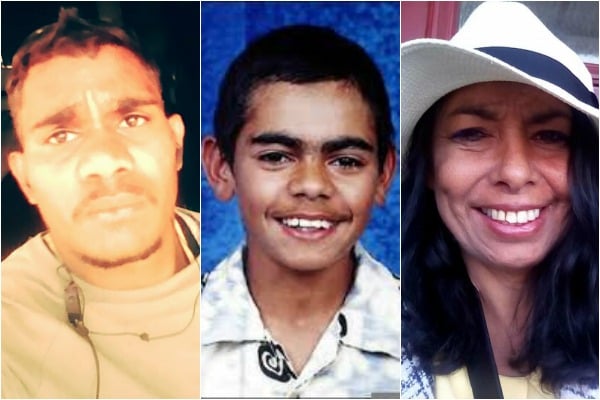
WARNING: Aboriginal and Torres Strait Islander readers are advised that the following article contains names and descriptions of people who have died.
On January 2, 2020, Veronica Marie Nelson Walker died in a Victorian prison less than two days after being locked up.
The 37-year-old had been arrested for alleged shoplifting, and the ABC reports she died withdrawing from drugs.
Four months on, her family is still waiting for a definitive cause of death, even though inmates reported hearing her screaming for help.
Veronica loved art, poetry and talking about her Indigenous culture.
She is also one of more than 400 Indigenous Australians who’ve died in custody since the end of the Royal Commission into Aboriginal Deaths in Custody in 1991.
We explored this injustice in an episode of The Quicky, Mamamia’s daily news podcast, earlier this year. Post continues after audio.
In that time, close to 30 years, there have been zero convictions as a result of these deaths.
In November last year, Kumanjayi Walker was shot dead by a police officer 300km from Alice Springs.
Constable Zachary Rolfe, 28, has been charged with his murder, and granted bail with his pay suspended. His trial has been adjourned until June 25, 2020, due to COVID-19.
When the young officer was charged there were cheers from protesters across the country. Because like Veronica, Kumanjayi’s death has left his loved ones with so many unanswered questions.




Top Comments
Thank you for joining the conversation. We are now disabling comments for this article.